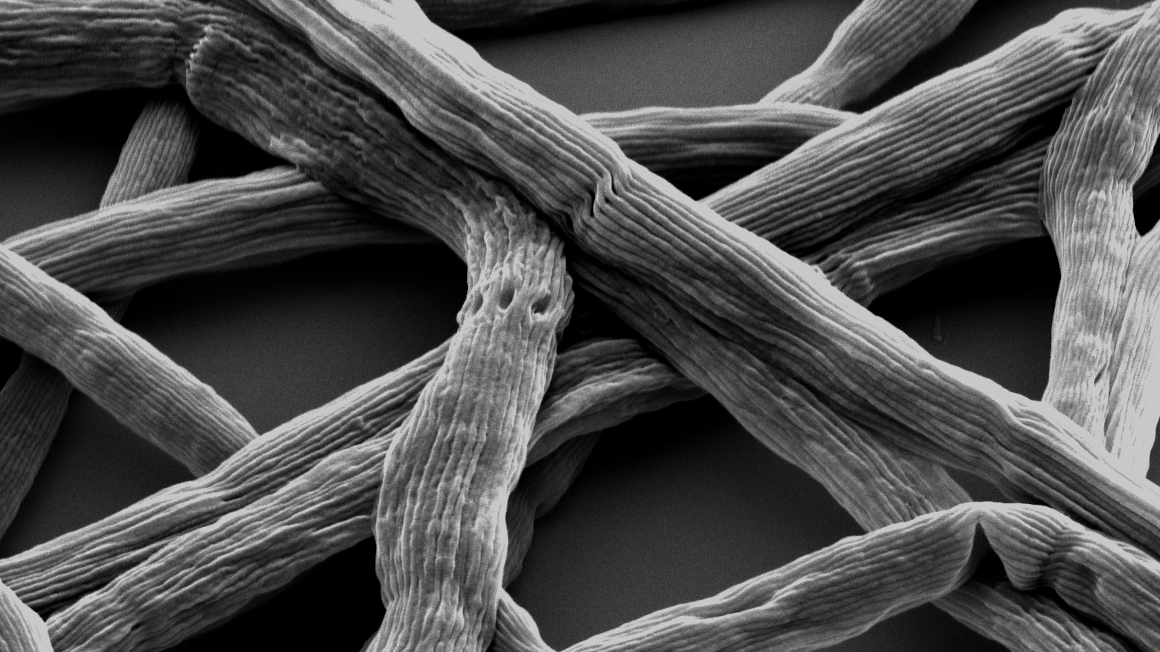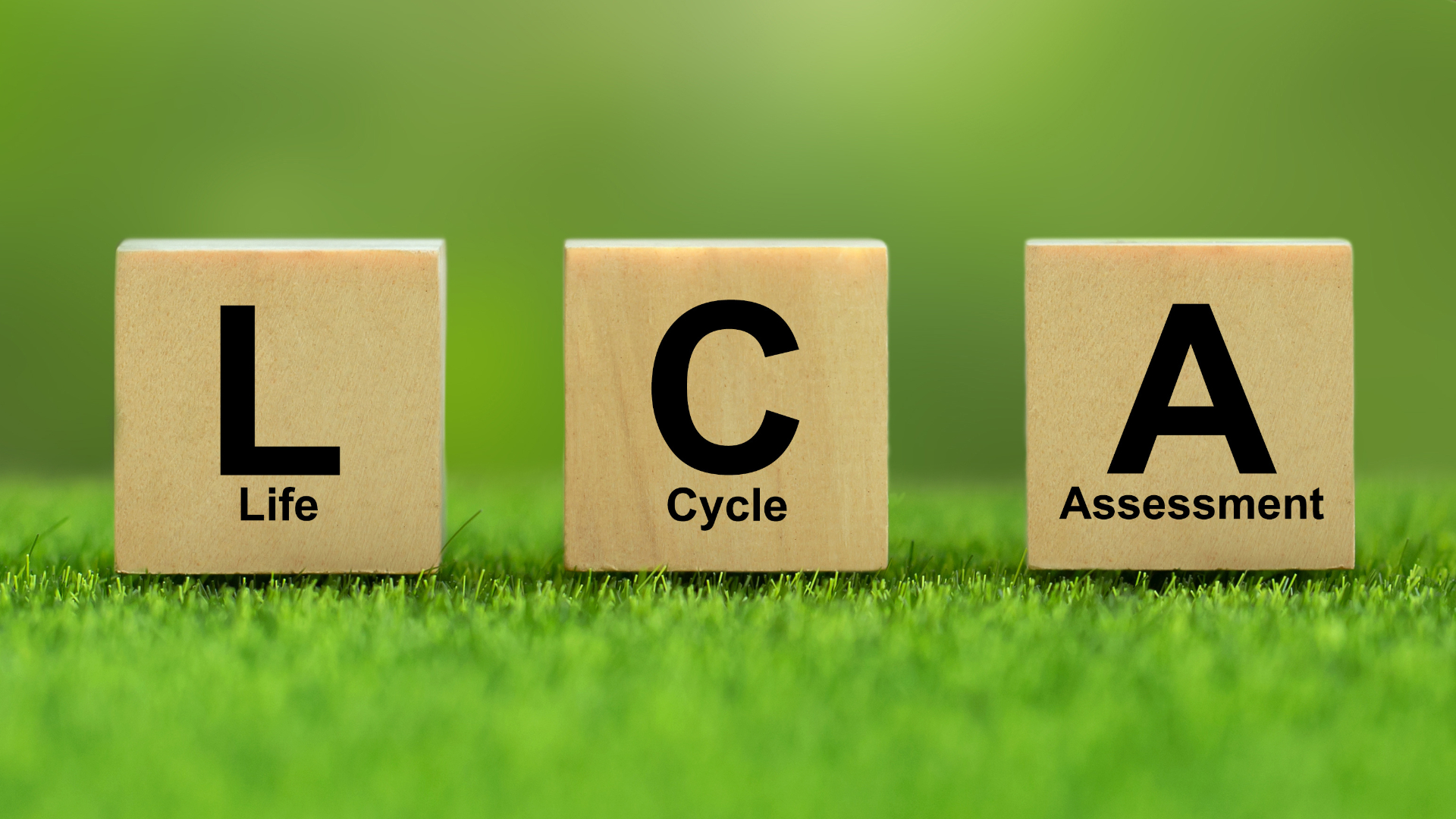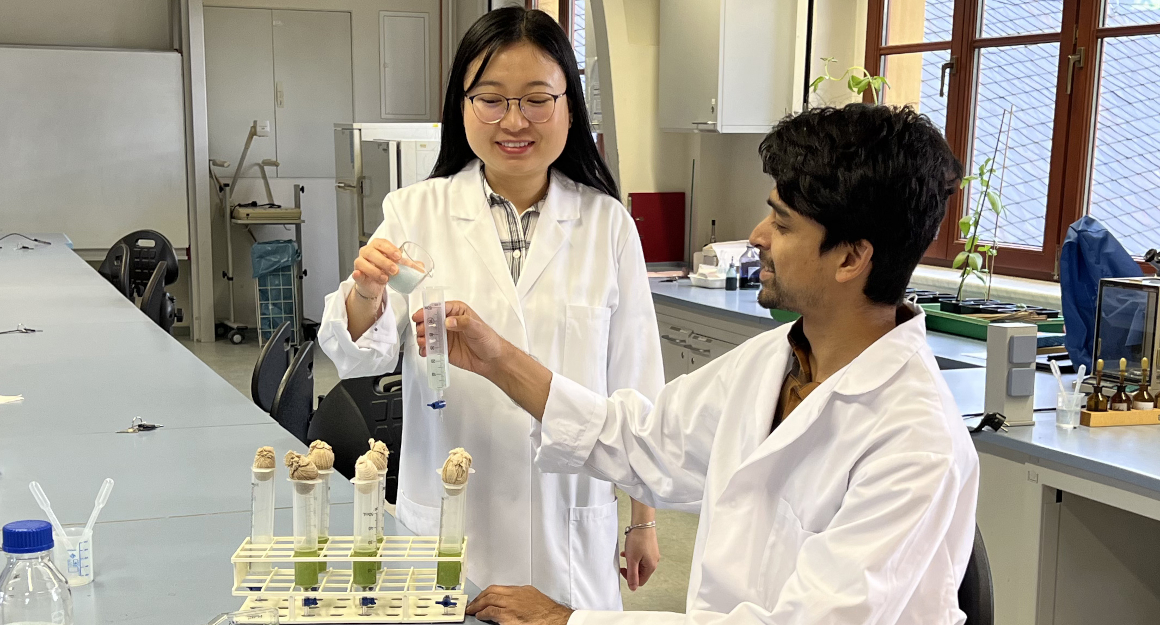Cable bacterium is microbe of the year 2024
The microbe Electronema is a current-conducting bacteria. They promote the breakdown of pollutants and reduce the formation of greenhouse gases in seas and lakes.

Microorganisms such as bacteria and fungi can be found everywhere. These microscopic creatures do not only live on human skin or on plants and animals. They can also be found in soil and water. As masters of substance conversion, they are not only indispensable helpers in the production of foods such as cheese, beer or wine. With their special metabolism, they can also produce new substances from organic compounds and are therefore important tools for bioeconomic change.
A microbe as a living conductor of electricity
Every year, the Association for General and Applied Microbiology (VAAM) honors the diversity and importance of microorganisms for ecology, health, nutrition and the economy with the Microbe of the Year award. Last year, Bacillus subtilis was honored as a multi-talent that is just as important for human and animal health as it is for industry. With the title of "Microbe of the Year 2024", the cable bacterium Electronema is in the spotlight this year. The microorganism lives in oceans and lakes and is a current-conducting bacteria. These promote the degradation of pollutants in bodies of water and reduce the formation of greenhouse gases.
Twelve species of cable bacteria have been described to date. However, none of the known species have been able to be propagated in the laboratory. With Electronema, the VAAM has therefore chosen a bacterial species as Microbe of the Year for the first time, for whose complete description a pure culture is still missing. The most important representative of the species was therefore given the provisional name Candidatus Electronema.
Use as a biodegradable power cable possible
This type of microbe forms microbial chains at the bottom of seas and lakes that can conduct electricity over several centimetres. The chains consist of tens of thousands of bacterial cells, which in turn are connected to each other by current-conducting protein fibers in their cell envelope. This "chain" is characterized by a unique division of labor. "While every single cell in our body has to eat and breathe, cable bacteria divide up this life-sustaining redox reaction," writes the VAAM. Although cable bacteria live in the depths of the sediment, where there is plenty of sulphide but no oxygen, they can oxidize sulphide to sulphate by transferring the resulting electrons to the oxygen at the other end of the cable via the electrically conductive fibres. Candidatus Electronema is therefore a kind of living conductor of electricity that "could one day be used as a biodegradable power cable", according to a VAAM press release.
Reduces pollutants and greenhouse gases
In addition, Electronema is able to "simulate microbial activities that are otherwise only possible with oxygen and populations that could not otherwise live there". Cable bacteria are also frequently found in waters that are contaminated with hydrocarbons, for example after oil or gasoline spills. Due to their special metabolism, the bacteria can significantly accelerate the degradation of pollutants. Initial considerations are already underway to use Electronema to clean up contaminated areas such as over-fertilized lakes. The effect could in turn be specifically stimulated by electrodes in the sediment so that the cable bacteria could help to break down greenhouse gases. Initial greenhouse trials with rice plants have shown that adding Candidatus Electronema to the soil reduces methane emissions by more than 90 %.
bb


